
News about Science
Viser 2257 til 2280 af 3138 dokumenter.

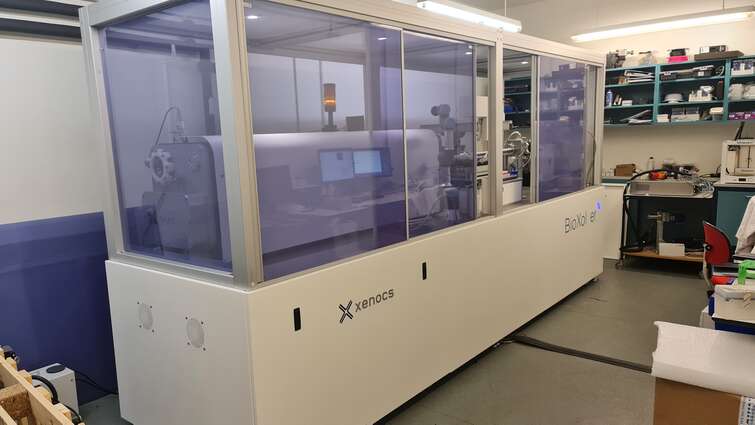
CPHSAXS, the In-House Biological Small-Angle X-Ray Scattering (SAXS) Facility at UCPH
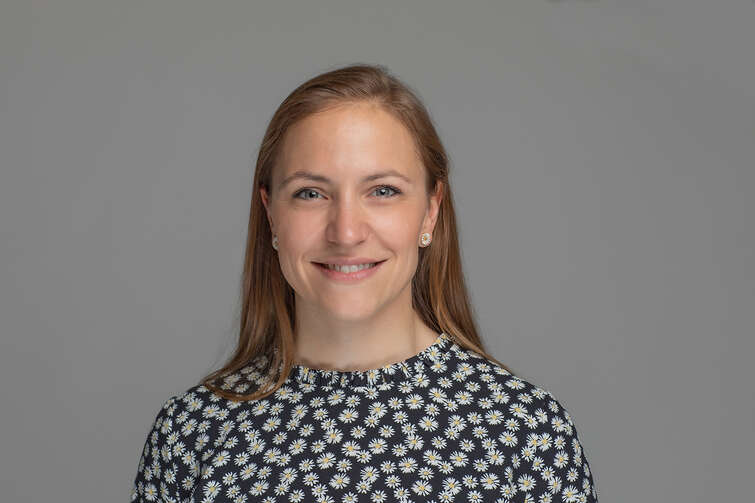
Feature Interview: Henriette Elisabeth Autzen

Irene Tamborra receives grant to investigate the unknowns of neutron star mergers
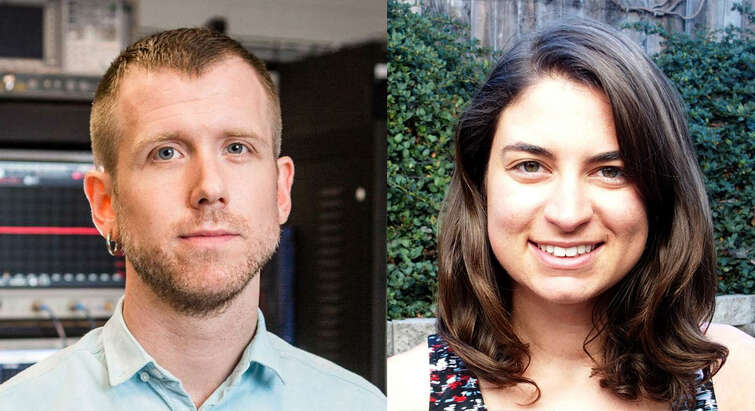
Two young researchers from the Niels Bohr Institute receive Villum Young Investigator grants
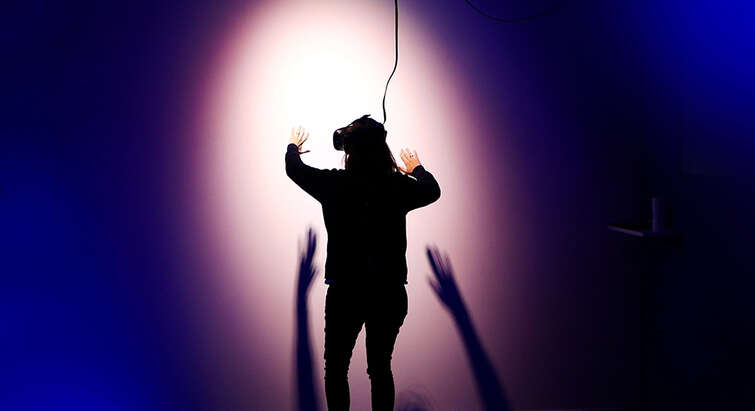
Virtual reality will help us in communicating the social benefits of vaccination

New Professor investigates differential privacy techniques to protect sensitive data

Athanasios Anastasiou

Ella Jacobsen

New research project investigates: Can technology ensure a fair process for asylum seekers?

David Aaron Soestmeyer

Your organic waste will be upcycled to fertilise fields
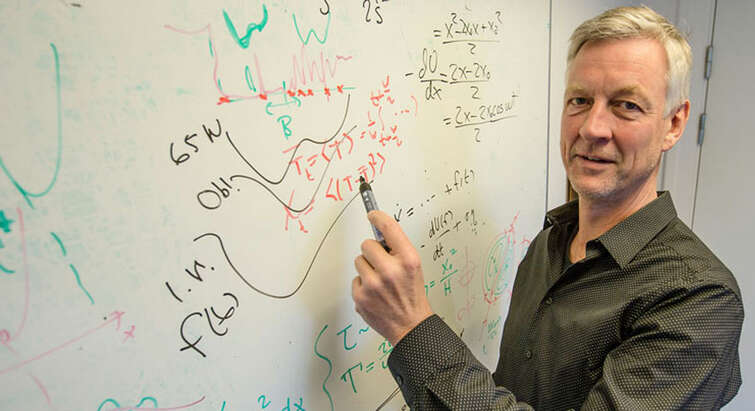
The Niels Bohr Institute kick starts a new generation of climate scientists

The University of Copenhagen establishes a dedicated NLP research section
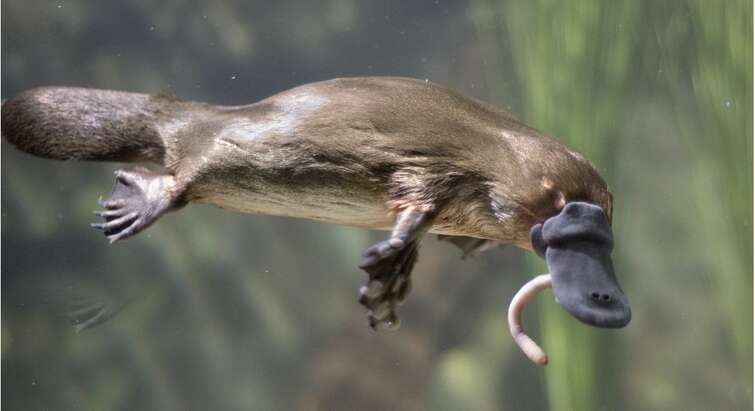
How Earth’s oddest mammal got to be so bizarre

Danish and Chinese tongues taste broccoli and chocolate differently

Lara Möllney

New technical Report - GIS

Four settlement profile reports have been completed

Understanding galaxy evolution

Jacob Svensmark
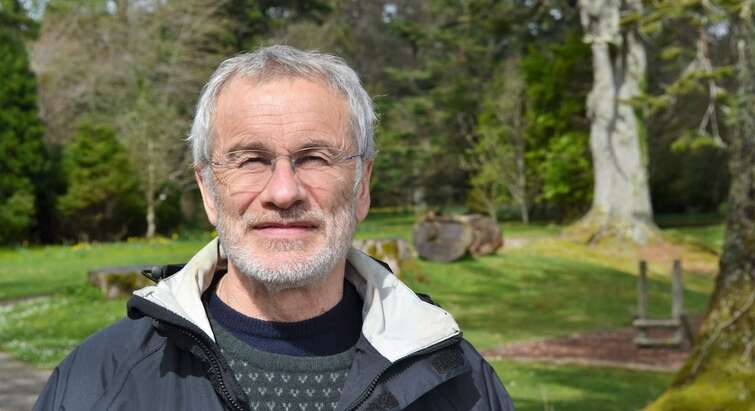
Recognized Cambridge professor joins DIKU: Will help strengthen fundamental research in quantum computation
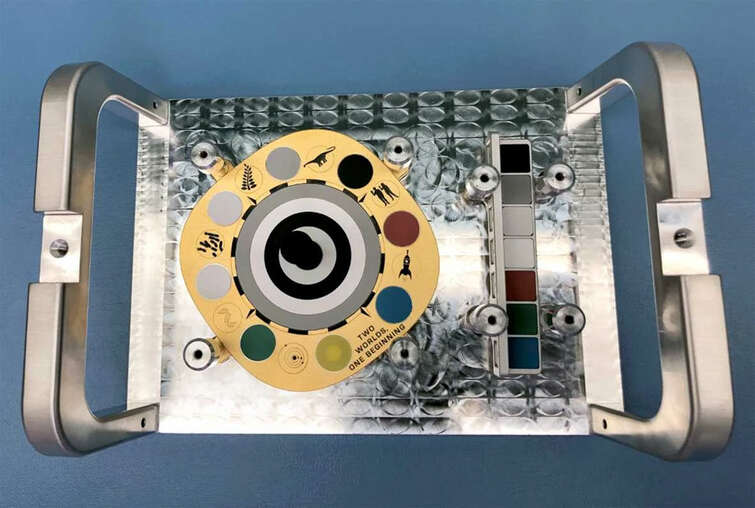
The Niels Bohr Institute develops calibration target, now on its way to Mars

